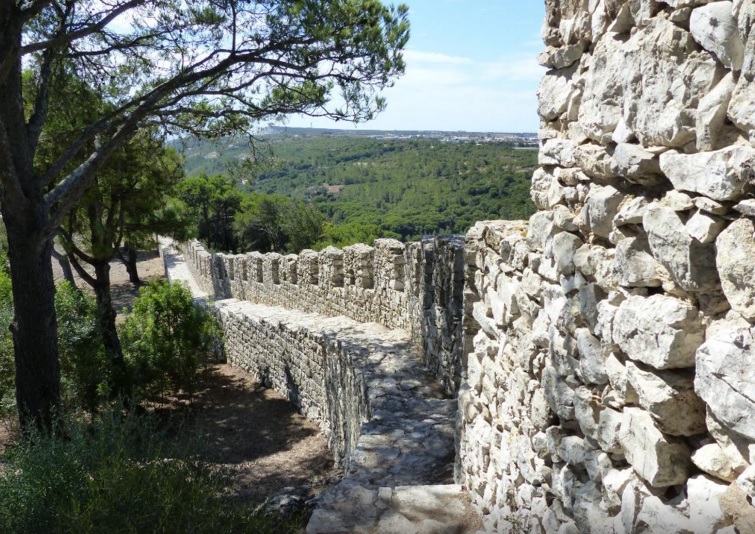
Stamping its presence on the town of Sesimbra, the Castle is surrounded by the lofty peaks of the Arrábida hill range. Although there had been previous settlement on this site, it was during the Moorish period that a fort was constructed.
During the Christian advance south of the river Tagus, the Sesimbra region was taken by Afonso Henriques immediately after Palmela. However, it did not hold out against the counterattack launched by the armies of Caliph Almohade, in 1190. It would be definitively conquered in 1200 by king Sancho I, who then ordered the rebuilding of the Castle and granted the settlement a charter.
In 1236, D. Sancho II handed the castle over to the Order of Sant´Iago. In 1323, king Dinis reinforced the defensive structure. Throughout the course of the 15th century, the sea brought inhabitants down from the castle to populate what is now Sesimbra.
Although repair work was done during the 16th and 17th centuries, the castle gradually fell into disrepair, a process speeded by the 1755 earthquake. It was only between 1930-40 that the state took the initiative to restore the castle, providing it with its current structure. From medieval times, there remain the wall and the manor.
Within the walls, there is the Church of Santa Maria do Castelo (Saint Mary of the Castle), built in 1160 and substantially restored in 1721, as is stated in the inscription over the entrance.